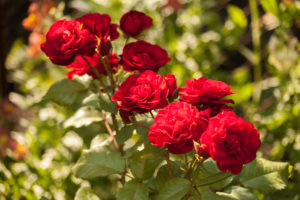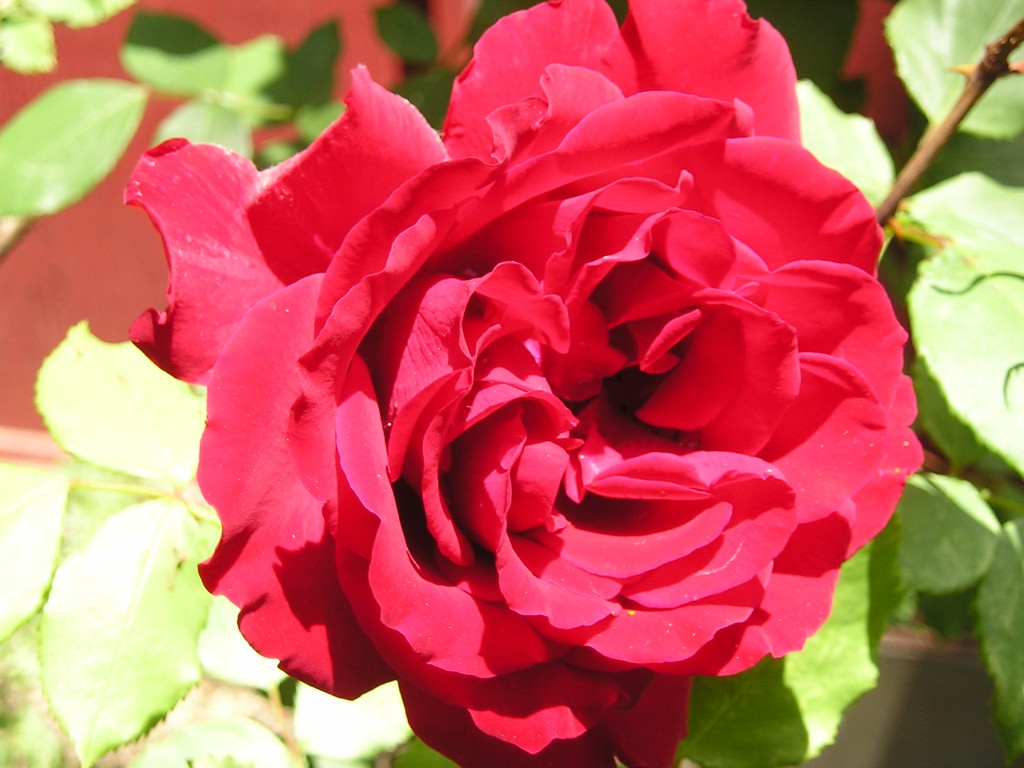Slugs belong to the mollusk family, and they slide over a thin layer of slime that they produce to ease their way. Rose slugs look more like the caterpillars and are the larvae of the primitive sawflies. Rose slugs are of two kinds; the European rose slug and the bristly rose slug. The European rose slug attacks the top side of the rose leaf while the bristly rose slug attacks the underside thus becoming a challenge to control.

Roses on green blurred background with red petals. Blooming pink rose in the garden. Selective focus
ROSE SLUG HABITAT
Slugs prefer moist environments. Rose slugs are active during moderate climatic conditions, the reason being, during this time of the year they enjoy eating fresh, in-season vegetables and plants found in our gardens. These rose slugs will be most active at night and or during cloudy days during wet or moist weather.
FOOD FOR ROSE SLUGS
Slugs enjoy eating leaves, flowers, fruits, and decaying matter. Rose slugs, however, specifically feed on the soft and tender leaves of the roses. They feed on the soft tissues and leave behind a flimsy, semi-transparent surface of veins. They have different means of feeding. Some skeleton the leaves while another roll on the leaves in a way that they can feed on the leaf without being seen. Rose slugs can consume twice their body weight.
HOW TO GET RID OF ROSE SLUGS (BEER TRAPS)
Most gardeners confuse rose slugs for caterpillars since they are similar in appearance. They, therefore, tend to use caterpillar repellents on the rose slugs, which does not work and the end up with the same problem over and over.; One of the most efficient ways of getting rid of rose slugs is the use of beer traps. Place a bowl of cheap, flat beer on your garden floor and leave it overnight. The rose slugs will be enticed by the odor the beer produces and will get into the bowl, become inebriated by the smell, fall inside, and drown
